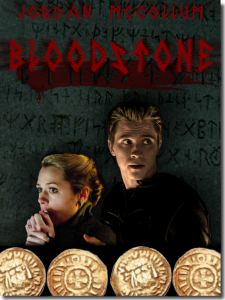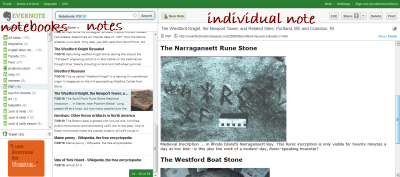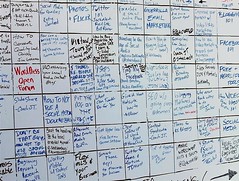Music is another great way to recapture some of the initial inspiration behind your story. It does more than just soothe the savage beast! (Which is a misquote anyway.)
Music is a great way to get yourself in the mood to write a specific scene. I know, I know, that sounds like I mean you should be listening to “Let’s Get It On” when you’re writing love scenes. That’s not quite what  I mean (but if that works for you, great)—or, rather, it’s not just what I mean. There are songs about other things, you know. Sort of.
I mean (but if that works for you, great)—or, rather, it’s not just what I mean. There are songs about other things, you know. Sort of.
For a long time, my favorite music for just about anything was classical. Even now, when I need to be creative on demand, I’ll pop in my James Galway (flute) album (Serenade). Sometimes, I have a perfect popular song or soundtrack I listen to on repeat while writing, either because it relates thematically, is directly mentioned in the story, or the beat is just good. A song with a driving beat is a great for a high-tension scene—or for a high-tension writer.
Need music without words? I hear you, and I’ve found something that I love: movie soundtracks. Think of a movie in your genre that you like, and pull up the soundtrack for it. The various songs are already designed to be the backdrop to the different types of scenes you might be writing.
You might already have a good site for listening to music, or maybe you actually spring for your tracks on iTunes or Amazon, but if not, I’ve found Grooveshark is pretty nice for individual songs and playlists. I’m still devoted to Pandora for building a radio station around a song or two (yes even with the ads). Apparently I’m flirting with growing up because I also (gasp) buy tracks off Amazon. I guess iTunes would work, too, but I don’t have an iPod, so . . . no thanks.
 So what’s in my playlist? Last year, “Immigrant Song” by Led Zeppelin, the soundtrack to Indiana Jones and Queen headlined. This year, my new songs include:
So what’s in my playlist? Last year, “Immigrant Song” by Led Zeppelin, the soundtrack to Indiana Jones and Queen headlined. This year, my new songs include:
- “Adrienne” – The Calling—it’s about betrayal, and my MC’s name is Adrienne. Plus it takes me back to high school, which is where you kinda want to be while writing YA, right?
- “Redrum” – Ugress feat. Christine Litle—discovered this when making the trailer for my book. Driving beat, evil lyrics. I almost feel like this set the tone for her voice. Also, free download from the band’s website.
- “Little Talks” – Of Monsters and Men—heard it on the radio (again) 4 days before starting. Sometimes that’s all it takes.
Plus some old drafting favorites (Zep, Queen) and anything that seemed appropriate that I already had on my computer.
What songs do you write to?
Photo by Colleen Lane and unknown


 And then I found
And then I found 



 As I’ve worked on all these things, I’ve had to review all my favorite plotting methods and character posts—on others’ blogs, and on my own. So if you’re getting ready for NaNoWriMo, I’ll be sharing tips, strategies and advice to help you get the most out of your Nano experience.
As I’ve worked on all these things, I’ve had to review all my favorite plotting methods and character posts—on others’ blogs, and on my own. So if you’re getting ready for NaNoWriMo, I’ll be sharing tips, strategies and advice to help you get the most out of your Nano experience.